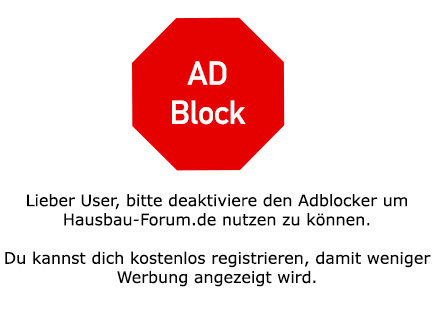To the questioners:
The valuable hint, or rather the crucial question, came from "86bibo" whether all sanitary objects should remain in the same place.
If the answer is no, it would actually not make sense to "tinker around" with the screed in small areas. However, installing a new screed will not give us the height needed to install a normative warm water heating screed with necessary thermal insulation.
There are also special solutions here, for example the SCHÜTZ R50 system, which requires only about 50mm build-up height (+ floor covering + adhesive bed) together with the thermal insulation.
Retrofitting grooves into screeds is, however, a critical matter. It inadvertently creates a multitude of predetermined breaking points and thus structural weaknesses. I once supervised this retrofit structurally on a concrete floor slab with core heating. That works because we can only go 2cm deep and the floor slab was sufficiently thick.
With existing screeds, we never know if the normative thickness is given! If we further weaken the structure, the screed panel will crumble apart at the first walk and will only be held by the tiles with their adhesive.
For retrofitting a small bathroom, however, another solution is recommended, which is safer and dust-free: an electric foil heating.
These come with a room thermostat, add only about 3mm in height, and are laid only (!) under ceramic tiles in the adhesive mortar.
That would also be a solution I can recommend.
The electricity costs, well, for a small room these will remain within limits, especially since heating with oil or gas also causes costs.
And the system works; it can be regarded as "state of the art."
Greetings to all: KlaRa
